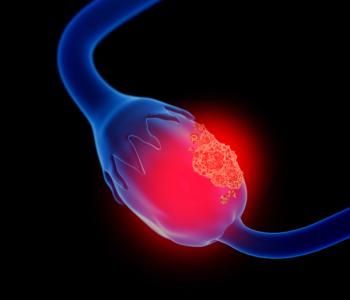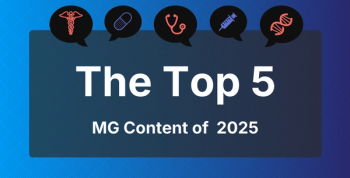
Study Links White Matter Structure to Neurodevelopmental Symptoms of ASD, ADHD
There is a dimensional relationship that links white matter structure to neurodevelopmental symptoms, such as those associated with autism spectrum disorder (ASD) and attention-deficit/hyperactivity disorder (ADHD). However, more research on the connection is necessary.
There is a dimensional relationship that links white matter structure to neurodevelopmental symptoms, such as those associated with autism spectrum disorder (ASD) and attention-deficit/hyperactivity disorder (ADHD). However, more research on the connection is necessary.
A recent study
“Shared clinical and biological traits across psychiatric diagnoses have challenged the usefulness of a categorical nosology of psychiatric disorders for biological research,” the study noted. Specifically, “the challenges associated with categorical perspectives of illness are exemplified by the frequent clinical overlap” between ASD and ADHD, as researchers are unsure whether this overlap reflects similar underlying neural mechanisms.
A total of 174 children were assessed, including 50 typically developing children and children with a primary diagnosis of ASD or ADHD. The researchers utilized parent ratings of ASD and ADHD traits to categorize the sample. From the sample, 2 DTI scans were performed and the data was analyzed to find the association between the metrics from the DTI scans and ASD or ADHD traits.
The study found that there was a significant influence of ASD diagnosis on several DTI metrics, but specifically in the corpus callosum, the brain structure that connects the brain’s 2 halves. Additionally, the total severity of ADHD traits was not found to be significantly related to DTI metrics; however, inattention scores were found to be associated with axial diffusivity in the corpus callosum.
“Future studies that aim to uncover biomarkers of illness in children with different NDDs will benefit from including larger samples of children that span the full spectrum of impairment. Data-driven approaches in NDDs [neurodevelopmental disorders], such as those that have recently redefined psychosis biotypes, that cluster individuals with different DSM diagnoses based on brain and behavior data would be a welcome addition to the field,” wrote Stephanie H. Ameis, MD, MSc, in
“Such data would also be a new starting point for entry into clinical trials with potentially shared biological and clinical end points across NDDs,” Ameis concluded.
Newsletter
Stay ahead of policy, cost, and value—subscribe to AJMC for expert insights at the intersection of clinical care and health economics.







































